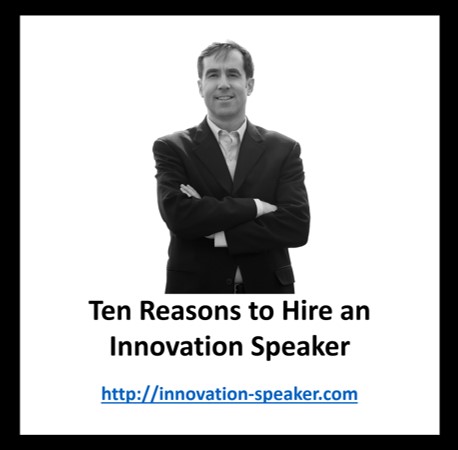Strategies for Employee Engagement and Raising Awareness

GUEST POST from Chateau G Pato
In today’s fast-paced business world, companies are increasingly recognizing the importance of building a sustainable corporate culture. A strong and positive corporate culture can lead to increased employee engagement, improved morale, and ultimately, higher productivity. In this article, we will explore strategies for creating a sustainable corporate culture that fosters employee engagement and raises awareness.
Employee Engagement
One of the key elements of a sustainable corporate culture is employee engagement. Engaged employees are more motivated, productive, and committed to their work. There are several strategies that companies can use to foster employee engagement:
1. Encourage open communication: Create a culture where employees feel comfortable sharing their ideas, concerns, and feedback. This can be done through regular team meetings, anonymous suggestion boxes, and open-door policies with managers.
2. Provide opportunities for growth and development: Offer professional development opportunities such as training programs, workshops, and mentorship programs. Investing in employee growth not only benefits the individual but also the company as a whole.
3. Recognize and reward employees: Acknowledge employees’ hard work and achievements through recognition programs, employee of the month awards, or bonuses. Feeling appreciated and valued can boost employee morale and engagement.
Case Study 1: Google
Google is known for its strong corporate culture that emphasizes employee engagement and well-being. The company offers perks such as free gourmet meals, on-site fitness centers, and nap pods to promote work-life balance. Google also encourages open communication through weekly all-hands meetings and employee feedback channels. These initiatives have helped Google maintain high employee satisfaction and retention rates.
Raising Awareness
Another important aspect of building a sustainable corporate culture is raising awareness about social and environmental issues. Companies that prioritize social responsibility and sustainability are more likely to attract and retain top talent, as employees increasingly value working for organizations that align with their values. Here are some strategies for raising awareness within your organization:
1. Implement sustainability initiatives: Start by reducing your company’s carbon footprint, promoting recycling programs, and using eco-friendly products. These initiatives not only benefit the environment but also demonstrate your commitment to social responsibility.
2. Support community engagement: Encourage employees to volunteer for local charities, participate in community clean-up events, or donate to causes they care about. Giving back to the community can boost employee morale and foster a sense of purpose.
3. Communicate transparently: Keep employees informed about your company’s sustainability efforts and social impact. Share progress updates, success stories, and challenges to engage employees and inspire them to get involved.
Case Study 2: Patagonia
Patagonia, an outdoor apparel company, is a leading example of a company that prioritizes social and environmental responsibility. The company donates a percentage of its profits to environmental causes, reduces waste in its supply chain, and promotes fair labor practices. Patagonia’s commitment to sustainability has not only attracted environmentally conscious customers but also engaged and motivated employees who share the company’s values.
Conclusion
Building a sustainable corporate culture requires a holistic approach that encompasses employee engagement and awareness-raising initiatives. By prioritizing strategies that promote employee well-being, foster open communication, and demonstrate social responsibility, companies can create a positive and enduring corporate culture that benefits both employees and the broader community.
Bottom line: Futurology is not fortune telling. Futurists use a scientific approach to create their deliverables, but a methodology and tools like those in FutureHacking™ can empower anyone to engage in futurology themselves.
Image credit: Pexels
![]() Sign up here to get Human-Centered Change & Innovation Weekly delivered to your inbox every week.
Sign up here to get Human-Centered Change & Innovation Weekly delivered to your inbox every week.








